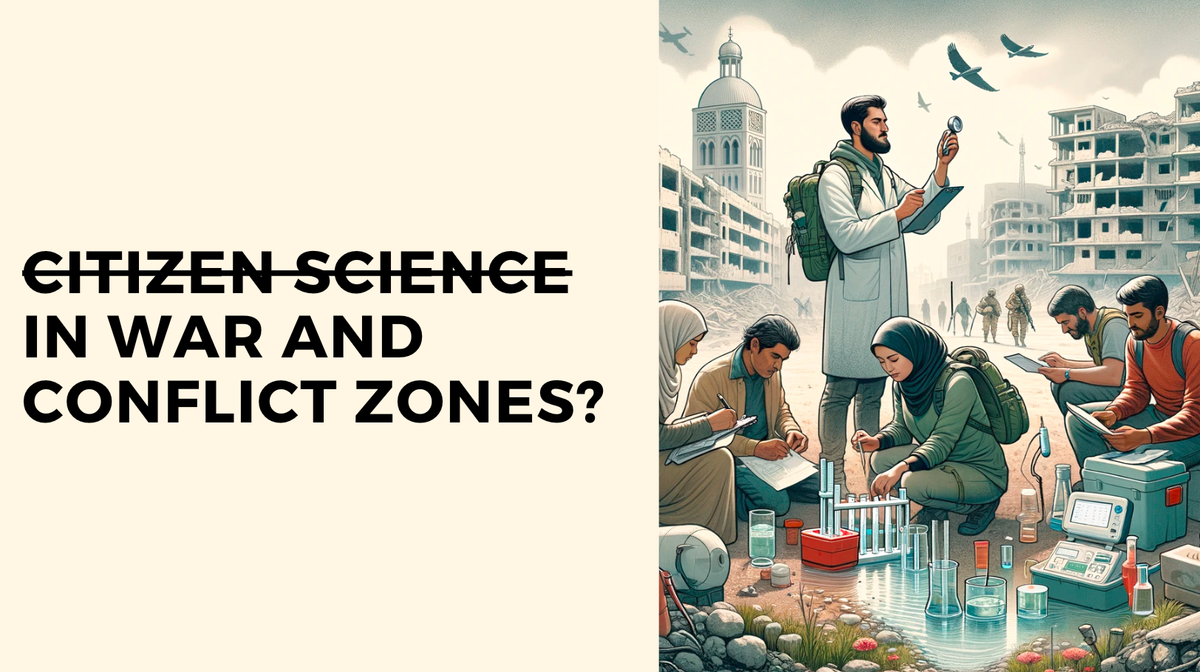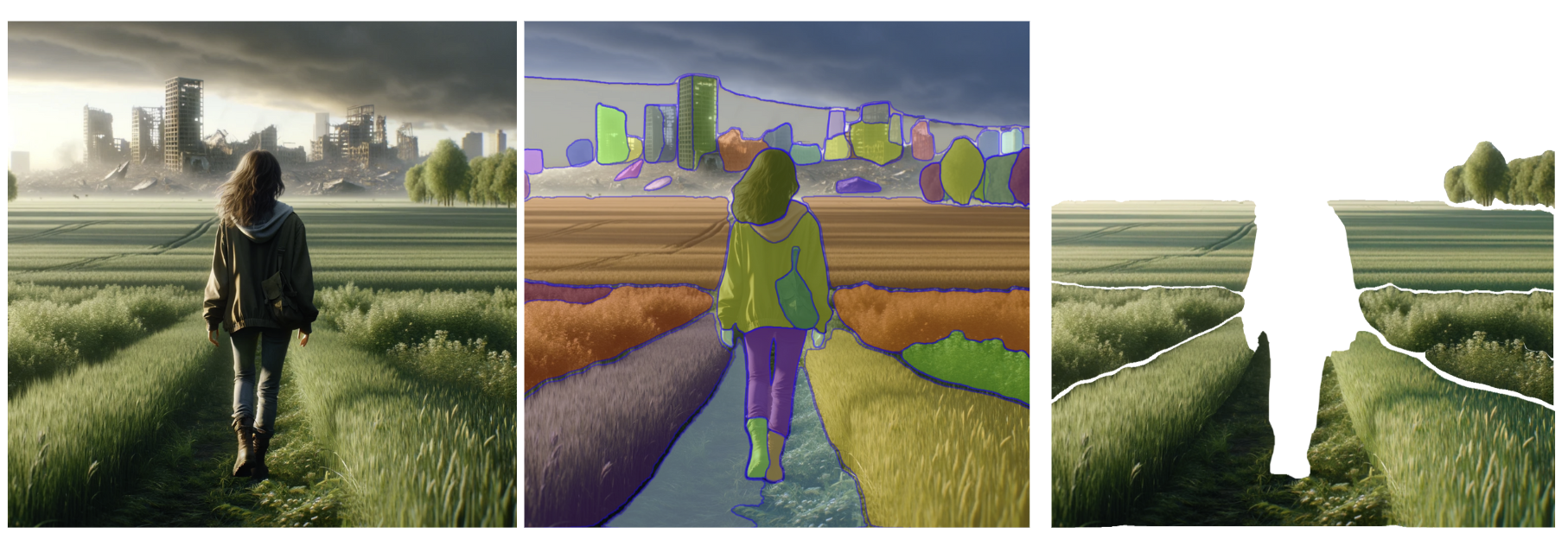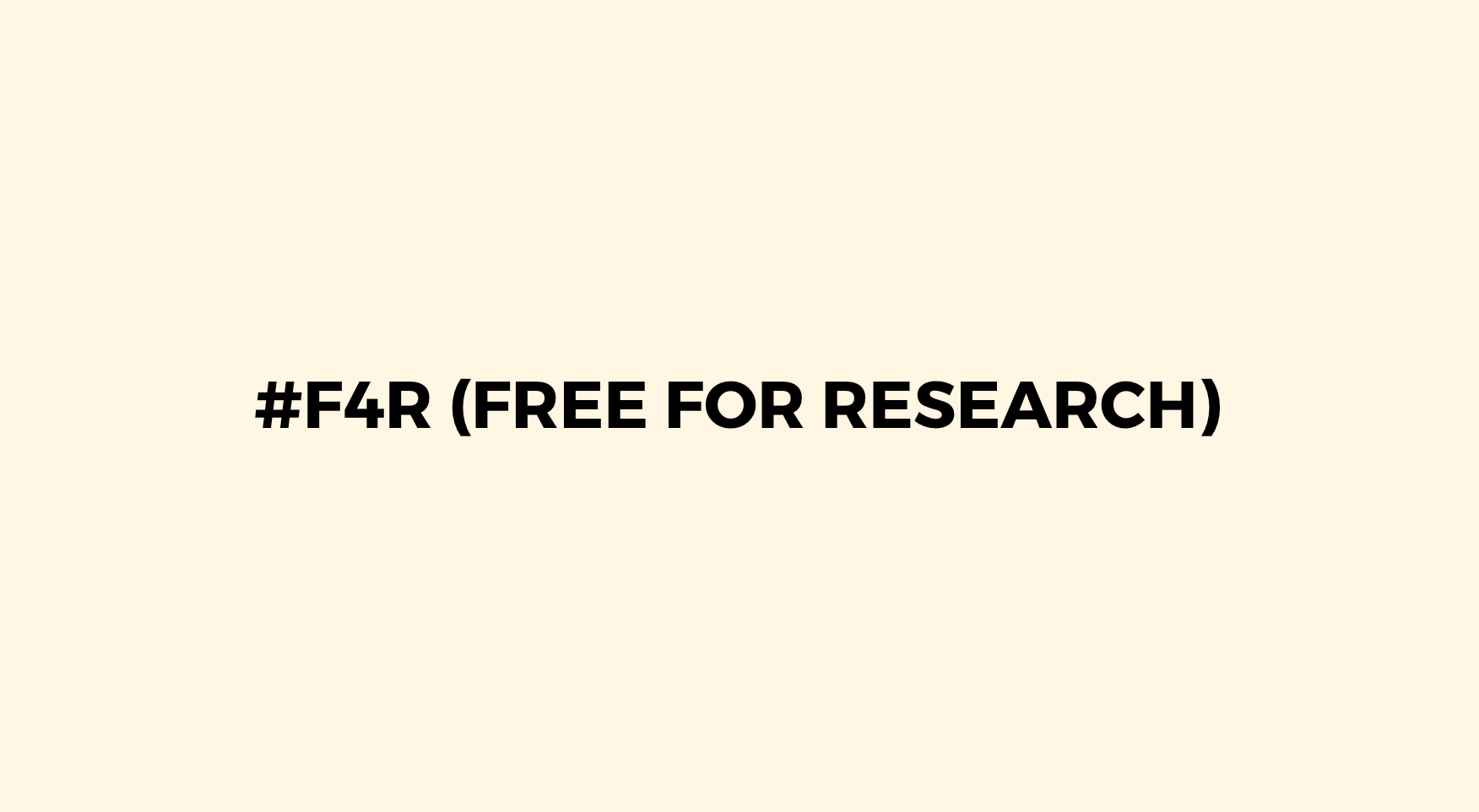Climate Science in War and Conflict Zones
There is a growing trend of citizen science, highlighting how individuals are increasingly conducting their own scientific experiments.

I recently had the opportunity to talk at cop28 in Dubai. This talk, focused on the role of citizen science in war and conflict zones, was held at the Ukrainian pavilion.
Below is a re-recorded version of that talk.
The Emergence of Citizen Science
There is a growing trend of citizen science, highlighting how individuals are increasingly conducting their own scientific experiments. This surge is largely due to a declining trust in official data sources. I shared an example from a Guardian article about Thames Water's lack of transparency in reporting sewage discharge into the Thames River. This led citizens like Dave Wallace, co-founder of Humanity and a Henley resident, to take proactive steps. As an avid swimmer in the Thames, Wallace began monitoring its nitrate and ammonia levels, contributing to a larger citizen science movement.
Enhancing Data Engagement
One of the challenges identified is making the raw data collected by citizen scientists more engaging in an era dominated by platforms like TikTok and YouTube. Showing how you can transform raw data about the Thames into vivid images can provide a more immediate understanding of environmental issues, surpassing the impact of traditional reports or spreadsheets.

Citizen Science Amidst Conflict
The conclusion was that citizen science often dwindles in war and conflict zones due to the immediate dangers to life and infrastructure. Nevertheless, the environment, which often gets neglected, deteriorates silently.
The usual tools for environmental monitoring, such as drones and satellites, have their limitations in these contexts. Drones, for instance, are often shot down in modern warfare, even if their purpose is solely environmental monitoring.
Leveraging Social Media as a Data Tool
A novel solution I proposed is the use of social media as a data source in conflict zones. By analysing real-time images from specific GPS locations, it's possible to assess environmental damage.

However, this approach is hampered by copyright issues. To address this, I advocate for a 'free for research' hashtag #F4R, enabling the use of social media images for research.

Looking Forward
In conclusion, transforming raw data, whether from sensors, citizen scientists, or social media, into engaging storytelling can significantly impact our understanding and management of environmental issues in conflict zones.
The creation of a global repository of environmental data collected from conflict zones could be a game-changer. Such a repository would not only serve as a valuable resource for researchers and policymakers but also act as a testament to the power of citizen science. It could facilitate cross-border collaborations and comparisons, leading to a more comprehensive understanding of the global environmental impact of conflicts.
This could lead to not only a better awareness but potentially a reduction in the environmental impacts of conflicts.

